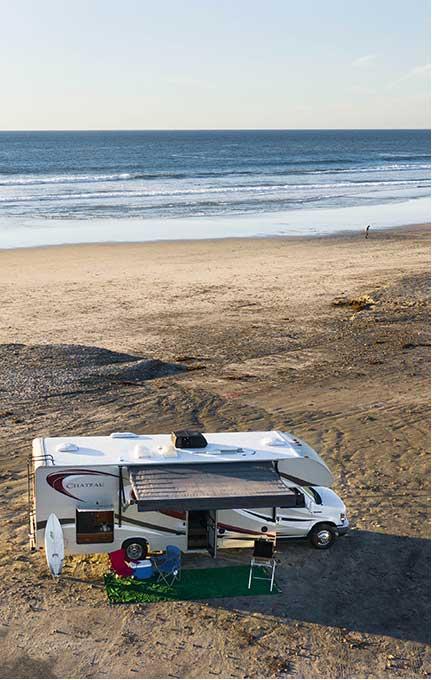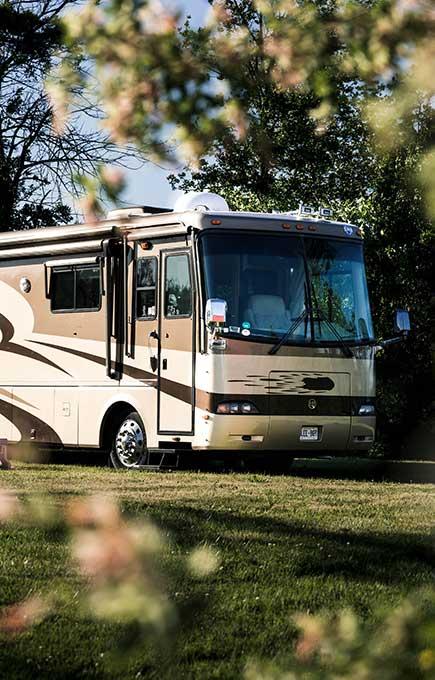In a nationwide effort to slow the spread of COVID-19, millions of Americans have transitioned to remote work. An impending vaccine may leave many wondering whether the influx of remote work will recede with the virus. Some companies have already committed to remote working conditions beyond 2020—even permanently—but there are several jobs that simply cannot be carried out from home. Those who work in maintenance, food preparation, construction, and much of the healthcare industry are often (or always) required to physically be somewhere other than home.
Still, approximately one-third of all jobs can be conducted remotely. Analyzing two surveys conducted by the Occupational Information Network, researchers at the University of Chicago formulated a work-from-home measure for each of 22 major occupational groups. Using that measure and recent employment data from the U.S. Bureau of Labor Statistics (BLS), researchers at Outdoorsy calculated the percentage of each U.S. metropolitan area’s workforce that can conduct work exclusively from home. Applying educational attainment, wage, and minority population data to the analysis, researchers identified some key takeaways.
As it turns out, educational attainment is a strong predictor of the ability to work remote. Citing responses provided in the annual American Time Use Survey (ATUS), the BLS discovered that the percentage of workers who could do at least some work from home on an average day increases significantly based on educational attainment. While less than 5 percent of workers who did not finish high school report being capable of doing some work from home, more than 50 percent of those with a bachelor’s degree or higher could.
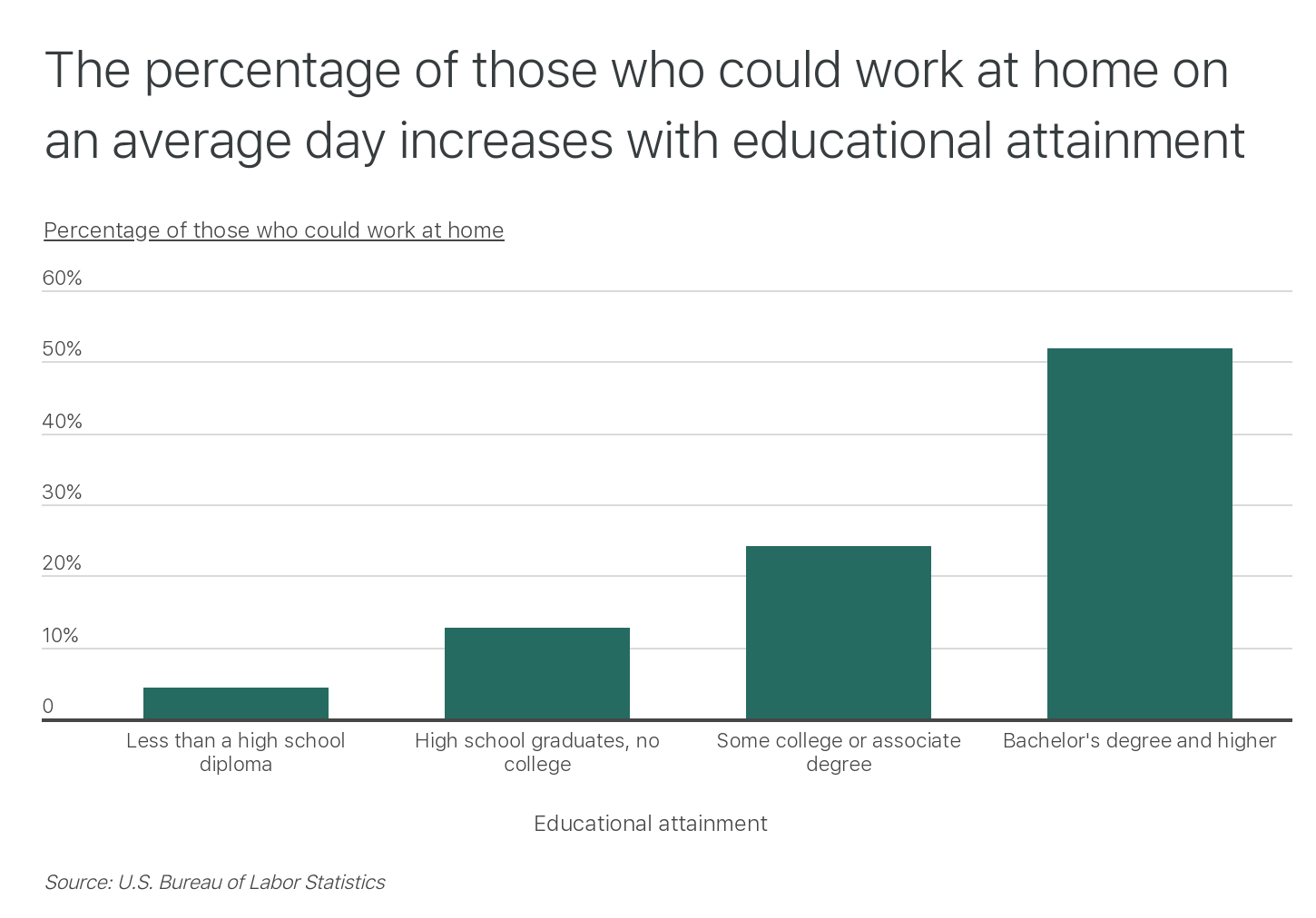
Educational attainment is not the only predictive measure of remote work. The ATUS found that certain minorities were disproportionately underrepresented in the potential remote workforce. Overall, only 16.2 percent of Hispanic or Latino workers and 19.7 percent of Black or African American workers report being able to do some of their work from home compared to 29.9 percent and 37 percent of White and Asian workers, respectively. In addition to occupation, living arrangements—including access to computers and broadband internet—may impact the ability of many minorities to work remotely. Pew research found that prior to the pandemic, only 57 percent of Hispanics and 58 percent of Blacks had access to a computer at home compared to 82 percent of Whites.

The ability to work from home has not only kept millions of Americans employed this year, remote work is also financially rewarding. While remote jobs make up 35.5 percent of all U.S. employment, they account for 45.8 percent of all U.S. wages. As a result, locations throughout the country with higher percentages of workers in remote-friendly occupations report generally higher median annual wages.

The prevalence of remote work varies significantly at the state level. Massachusetts, Maryland, and Virginia top the list of states with the highest percentage of workers in remote-friendly jobs, reporting 40.2 percent, 39.6 percent, and 38.9 percent, respectively. Utah, Colorado, Washington, and California also show high percentages, all ranking in the top 10. The lowest percentage of workers in remote-friendly jobs—just 29.7 percent—is in Mississippi.

To find the metropolitan areas with the most remote-friendly jobs, researchers at Outdoorsy analyzed the most recent employment data from the BLS’s 2019 Occupational Employment (OES) Survey. A work-from-home measure that rates an occupation’s viability for remote work created by the Booth School of Business at the University of Chicago was used to calculate the percentage of workers in remote-friendly jobs in each metro. Researchers ranked metros accordingly. The report also includes the total number of workers in remote-friendly jobs, the median annual wage, the population with a bachelor’s degree or higher, and the minority population share of each location.
Only metros with at least 100,000 residents were included in the report. Additionally, separate rankings were generated for small (100,000–349,999 residents), midsize (350,000–999,999 residents), and large (1,000,000 residents or more) metropolitan areas.
Here are the metros with the highest percentage of workers in remote-friendly jobs.

Large metros with the highest percentage of workers in remote-friendly jobs

15. Sacramento–Roseville–Arden-Arcade, CA
- Percentage of workers in remote-friendly jobs: 38.3%
- Total workers in remote-friendly jobs: 387,855
- Median annual wage: $44,590
- Population with a bachelor’s degree or higher: 34.2%
- Minority population share: 47.3%

14. Minneapolis-St. Paul-Bloomington, MN-WI
- Percentage of workers in remote-friendly jobs: 38.8%
- Total workers in remote-friendly jobs: 765,051
- Median annual wage: $47,010
- Population with a bachelor’s degree or higher: 43.2%
- Minority population share: 23.9%
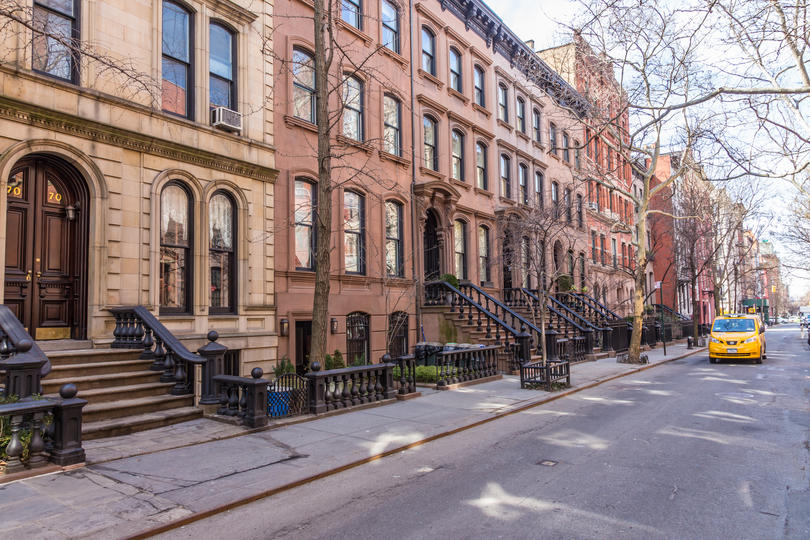
13. New York-Newark-Jersey City, NY-NJ-PA
- Percentage of workers in remote-friendly jobs: 39.3%
- Total workers in remote-friendly jobs: 3,797,558
- Median annual wage: $48,840
- Population with a bachelor’s degree or higher: 41.8%
- Minority population share: 53.1%

12. Atlanta-Sandy Springs-Roswell, GA
- Percentage of workers in remote-friendly jobs: 39.4%
- Total workers in remote-friendly jobs: 1,081,509
- Median annual wage: $40,000
- Population with a bachelor’s degree or higher: 39.9%
- Minority population share: 52.4%

11. Baltimore-Columbia-Towson, MD
- Percentage of workers in remote-friendly jobs: 39.4%
- Total workers in remote-friendly jobs: 542,859
- Median annual wage: $45,810
- Population with a bachelor’s degree or higher: 41.9%
- Minority population share: 43.0%

10. Denver-Aurora-Lakewood, CO
- Percentage of workers in remote-friendly jobs: 39.5%
- Total workers in remote-friendly jobs: 598,242
- Median annual wage: $47,440
- Population with a bachelor’s degree or higher: 45.8%
- Minority population share: 35.7%

9. Seattle-Tacoma-Bellevue, WA
- Percentage of workers in remote-friendly jobs: 40.2%
- Total workers in remote-friendly jobs: 811,434
- Median annual wage: $53,360
- Population with a bachelor’s degree or higher: 44.1%
- Minority population share: 36.0%

8. Raleigh, NC
- Percentage of workers in remote-friendly jobs: 40.3%
- Total workers in remote-friendly jobs: 261,866
- Median annual wage: $41,640
- Population with a bachelor’s degree or higher: 48.0%
- Minority population share: 38.4%
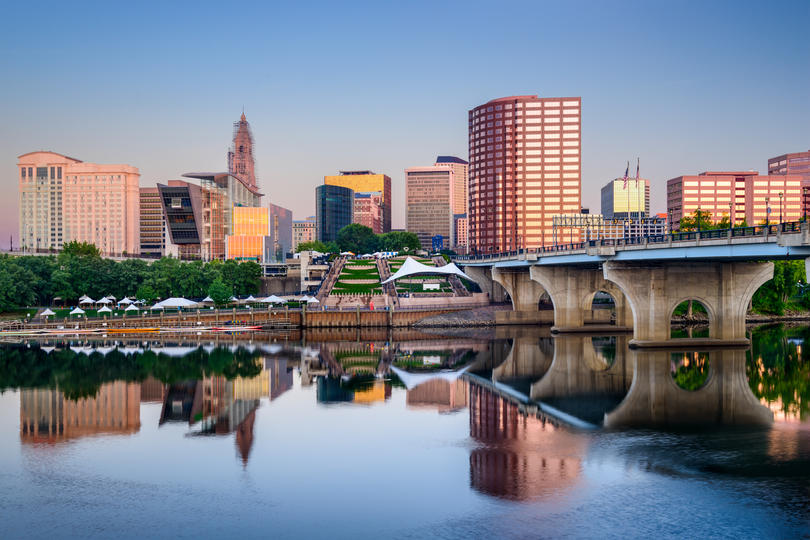
7. Hartford-West Hartford-East Hartford, CT
- Percentage of workers in remote-friendly jobs: 40.9%
- Total workers in remote-friendly jobs: 239,148
- Median annual wage: $50,630
- Population with a bachelor’s degree or higher: 39.4%
- Minority population share: 32.2%

6. Salt Lake City, UT
- Percentage of workers in remote-friendly jobs: 41.2%
- Total workers in remote-friendly jobs: 302,815
- Median annual wage: $40,120
- Population with a bachelor’s degree or higher: 36.5%
- Minority population share: 27.8%

5. Austin-Round Rock, TX
- Percentage of workers in remote-friendly jobs: 42.2%
- Total workers in remote-friendly jobs: 453,316
- Median annual wage: $41,560
- Population with a bachelor’s degree or higher: 46.2%
- Minority population share: 47.6%

4. Boston-Cambridge-Nashua, MA-NH
- Percentage of workers in remote-friendly jobs: 42.3%
- Total workers in remote-friendly jobs: 1,183,034
- Median annual wage: $53,300
- Population with a bachelor’s degree or higher: 49.0%
- Minority population share: 29.1%

3. San Francisco-Oakland-Hayward, CA
- Percentage of workers in remote-friendly jobs: 42.8%
- Total workers in remote-friendly jobs: 1,058,683
- Median annual wage: $57,040
- Population with a bachelor’s degree or higher: 51.4%
- Minority population share: 60.0%

2. Washington-Arlington-Alexandria, DC-VA-MD-WV
- Percentage of workers in remote-friendly jobs: 47.5%
- Total workers in remote-friendly jobs: 1,510,494
- Median annual wage: $56,320
- Population with a bachelor’s degree or higher: 51.4%
- Minority population share: 54.2%

1. San Jose-Sunnyvale-Santa Clara, CA
- Percentage of workers in remote-friendly jobs: 48.5%
- Total workers in remote-friendly jobs: 553,081
- Median annual wage: $61,980
- Population with a bachelor’s degree or higher: 52.7%
- Minority population share: 67.9%
Methodology & detailed findings
Researchers used the most recent employment data for wage and salary workers from the BLS’s 2019 Occupational Employment Statistics (OES) Survey and a work-from-home measure created by the Booth School of Business at the University of Chicago to calculate the metros with the highest percentage of workers in remote-friendly occupations. Employment totals were compiled for 22 different major occupation groups for each metro. Each occupation group’s employment total was multiplied by the designated work-from-home measure associated with that occupation group. Results were aggregated for each metro, and metros were ranked according to the highest percentage of workers in remote-friendly occupations.
Wage data was also collected from the 2019 OES Survey. Educational attainment data for the population 25 and over came from the U.S. Census Bureau’s 2019 American Community Survey 1-Year Estimates. Each metro’s minority population share came from the Census Bureau’s 2018 American Community Survey 5-Year Estimates.
For relevance, only metros with at least 100,000 residents were included in the report. Metros were also grouped into the following cohorts based on population:
- Small metros: 100,000–349,999 residents
- Midsize metros: 350,000–999,999 residents
- Large metros: 1,000,000 residents or more
Take Work on the Road
Not only can you work from home with a remote job; you can also work from the road! RV travel allows you to take yourself and your work anywhere your heart desires — you work where you park it! Not to mention, it’s one of the safest, most socially-distanced modes of travel given the conditions of the pandemic. Rent an RV and take your work on the road!
!function(e,i,n,s){var t=”InfogramEmbeds”,d=e.getElementsByTagName(“script”)[0];if(window[t]&&window[t].initialized)window[t].process&&window[t].process();else if(!e.getElementById(n)){var o=e.createElement(“script”);o.async=1,o.id=n,o.src=”https://e.infogram.com/js/dist/embed-loader-min.js”,d.parentNode.insertBefore(o,d)}}(document,0,”infogram-async”);




